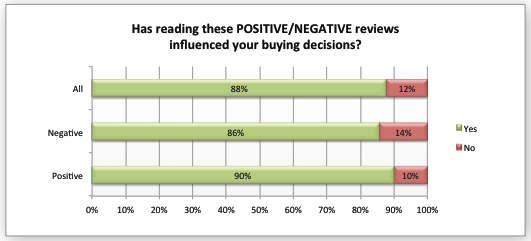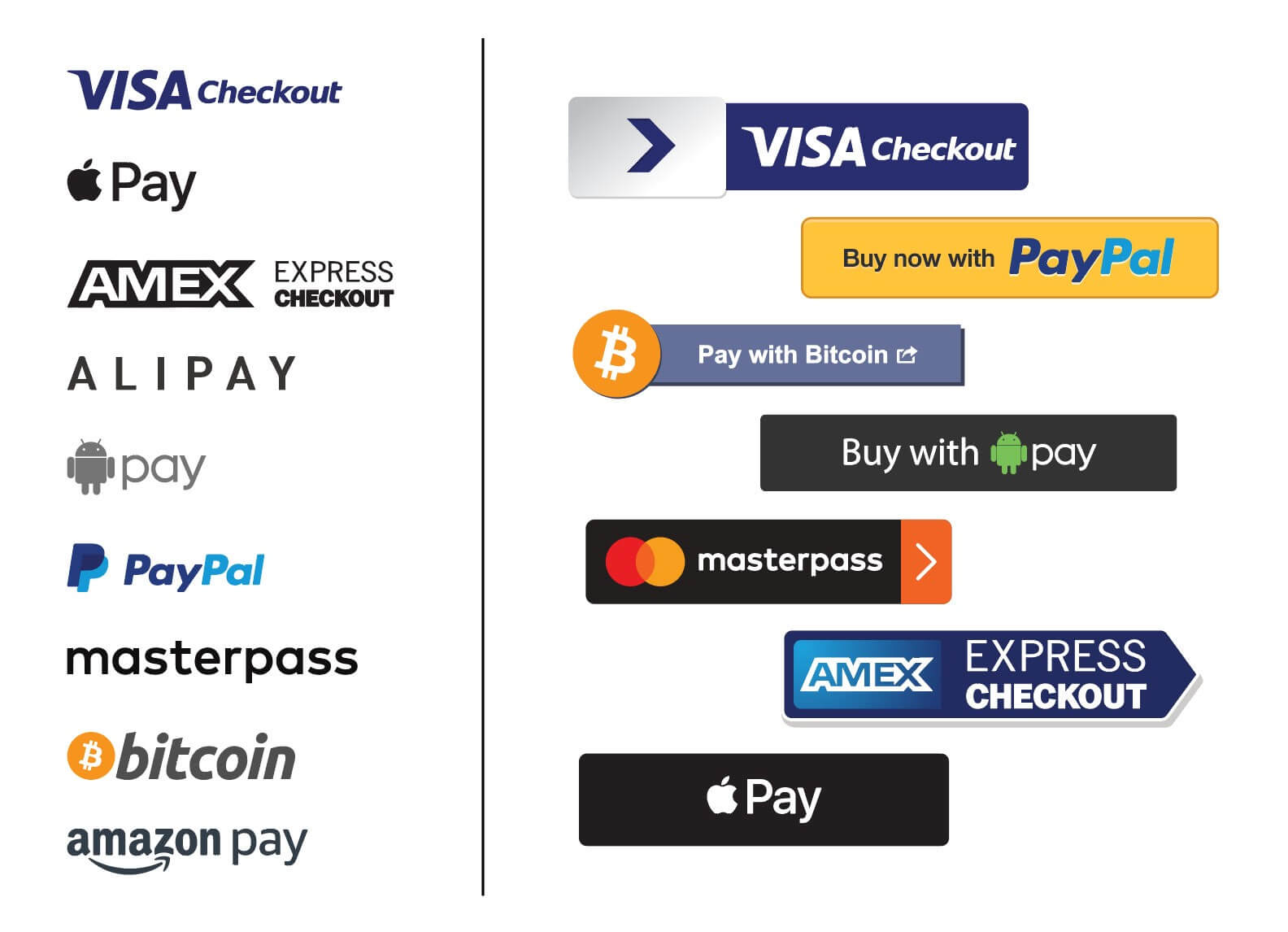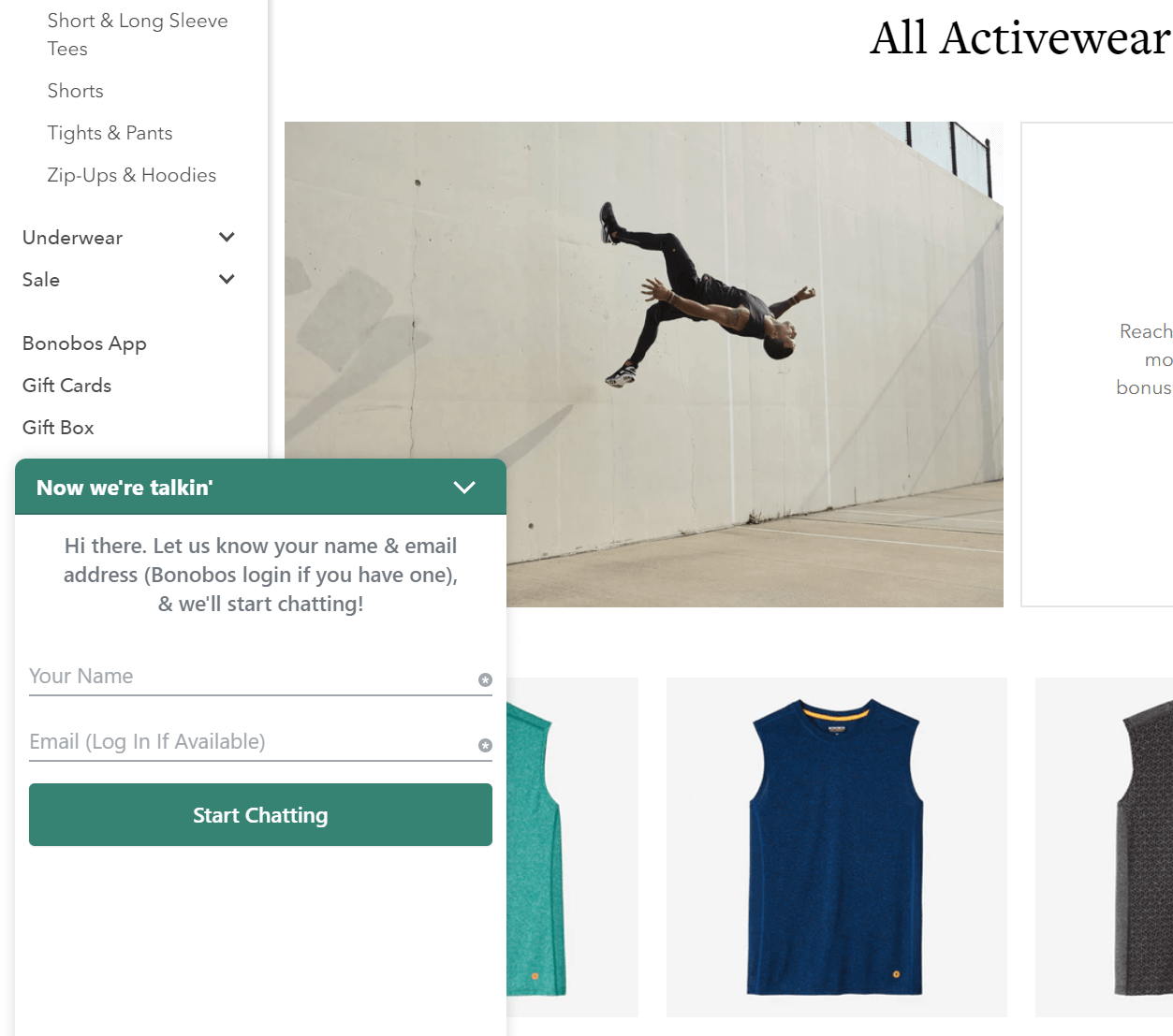Every week seems to come with a new scam online, lurking in our emails or hitting the news as a major retailer leaks hundreds of thousands of credit cards.
Online shopping can be a scary place. And that means your ecommerce store needs to make trust a big part of how you communicate with prospective customers.
That’s a lot easier said than done, but there are some proven practices that you can employ in just a few minutes.
Here are seven of the best lessons from leading brands and researchers that focus on driving customer loyalty with a foundation of trust.
Show Real Products in Action
Say what you want about your products but seeing is still believing for most of us. Customers are going to want to see your products in use so that they can get a feel for what you offer. High-quality video and photos can help your customers get over their worry and start trusting you.
This is the perfect opportunity for “how-to” content that shows your product in action and helps the customer visualize how it’ll improve their life. This is also a perfect opportunity to show a little personality.
One of our favorite product video brands is Blendtec, which has picked up hundreds of millions of views on YouTube with their “Will it blend?” series:

We especially like the mix of things to try and what not to try at home.
Highlight Customer Reviews
Customer testimonials and reviews remain the most compelling marketing a company can offer because they are a way to backup your claims genuinely. People trust other people, so you can try and capitalize on this.
The one interesting thing to note is that reviews are trusted, whether they’re good or bad. According to a recent Zendesk study, 90% of people say that positive reviews impact their purchase decision, while 86% say the same for negative reviews.

There’s power in the genuineness of a testimonial or product feedback, WikiJob, a graduate job site in the UK, even saw a 34% higher conversion rate on pages that had customer testimonials.
Pro Tip: If you’re in need of customer reviews create a survey and ask customers to fill them out.
Add Trust Badges
Most of your customers don’t understand web security. They know they want to be safe and need you to make them feel that way. One of the best and fastest routes to be comforting, in this case, is through trust icons and badges, which you’ve undoubtedly seen on many of your favorite websites.

Image via the Baymard Institute
The Baymard Institute has done a few interesting studies around trust badges that are worth reading. Here are some of the big takeaways for you:
- 18% of online shoppers have abandoned a shopping cart because they didn’t trust the site with their credit card information.
- Most people rely on a gut feeling to know how safe a website is, and this largely depends on “how visually secure the page looks.”
- Adding any visual icon, like a trust badge, improves the overall sense of security for a website — this held true even when the company tested fake trust seals.
- Norton is a top trustworthy-seal to have, though it largely does not seem to matter as long as you have some.
It turns out trust can be easy to gain, even if you don’t quite earn it.
Support Common Payments (and Have the Buttons)
One place you can quickly lose trust is when someone tries to actually buy something from you, and they aren’t sure if you take their card or your form looks shady. From a UI perspective, buttons and logos from credit card companies can look a little silly when clumped together, but that’s exactly what your customers want to see.
Not only are they looking for the biggies like Visa and Mastercard, but they’ll also want to see common web-focused tools listed, such as PayPal and Android Pay. You want to look a little bit like a NASCAR driver here so that people can choose who to use and trust that you support them.
One interesting note is that this may change in the coming months as most major credit card companies are said to be working on a single button to represent them all. This is to combat the threat of PayPal, which is accepted by roughly 58% of online merchants. Keep in mind that supporting multiple payment systems can make it easier for you to resolve payment disputes. Banks know that credit card companies and payment services only want to work with trusted merchants, and when you’re trusted, banks are more likely to believe and support you when an illegal chargeback occurs.

Common payment icons and logos via UX Planet.
Keep Costs Obvious
Trust is about honesty. So, if you come off as dishonest, you kill any trust you might have built with those testimonials or trust badges. The quickest way to come off as dishonest is to hide fees or taxes until the very last minute.
We recommend putting everything upfront, including your shipping costs. You can get those down and keep them consistent by working with a reliable order fulfillment service. This is a win-win because it helps you predict and manage costs while also ensuring accuracy levels that keep customers happy after they order.
That same Baymard study we mentioned earlier also noted that 24% of people abandon a shopping cart because they can’t see or calculate the total order cost up-front. Don’t hide anything or else you look like you’re hiding a lot more.
Plus, if you have a special offer, this practice will get you in the right mindset to share it best for your audience.
Highlight FAQ Answers
If there’s a question causing you to hold back from making a purchase right now, what would you do if you couldn’t find the answer? Most likely, you wouldn’t buy it today or tomorrow.
If your product has frequent questions, answer them right on the page. This is especially important for things like if batteries are included, tools needed for assembly, and size charts. Your best option is to pair this with a live chat (bot or human) where customers can ask questions and get answers.
This gives you another perfect opportunity to secure customer details and provide personal service, which can increase trust.

The chat option on the Bonobos.com website.
We highlighted Bonobos because the chat option is minimal and non-intrusive before you click, but then it asks for your information straightforwardly. The login is a suggestion, not a mandate to get help, so it is up to each person how much they want to give.
It is good branding, an enjoyable experience, and a way to avoid feeling overbearing while still gathering the all-important customer information.
Simplify When Possible
When a process is long and complicated, it can feel like you’re hiding something. The more boxes we must check, pages to go through, or fine print to read to be comfortable with a purchase, the more opportunities we have to leave your website and go elsewhere. Customers want to fill out their order form and press purchase without a hassle.
That’s the big problem with ecommerce: there is no digital real estate. I can instantly go to your competitors if your offering seems shady — you don’t have the brick-and-mortar benefit of physical distances that can cause laziness to overcome a poor experience.
So, work hard to make sure your website loads quickly, features big buttons and apparel photos, and cut down all the extra clutter. You don’t need my phone number to sign up for your newsletter. Help me get to the products I want and answer my questions fast, and I’ll be a happier browser that’s more likely to become a buyer.
Optional: Introduce a Referral Program
One final way to increase trust is to give something away. Create a loyalty or referral program that starts giving discounts right away to new visitors. And, tell them in the initial page how they earn more rewards when they share purchases or social media posts.
Referral programs bank on word-of-mouth and suggestions from friends. When your marketing comes from those channels, people are more likely to trust it and consider a purchase.
About the Author:

Jake Rheude is the Director of Marketing for Red Stag Fulfillment, an ecommerce fulfillment warehouse that was born out of ecommerce. He has years of experience in ecommerce and business development. In his free time, Jake enjoys reading about business and sharing his own experience with others.

